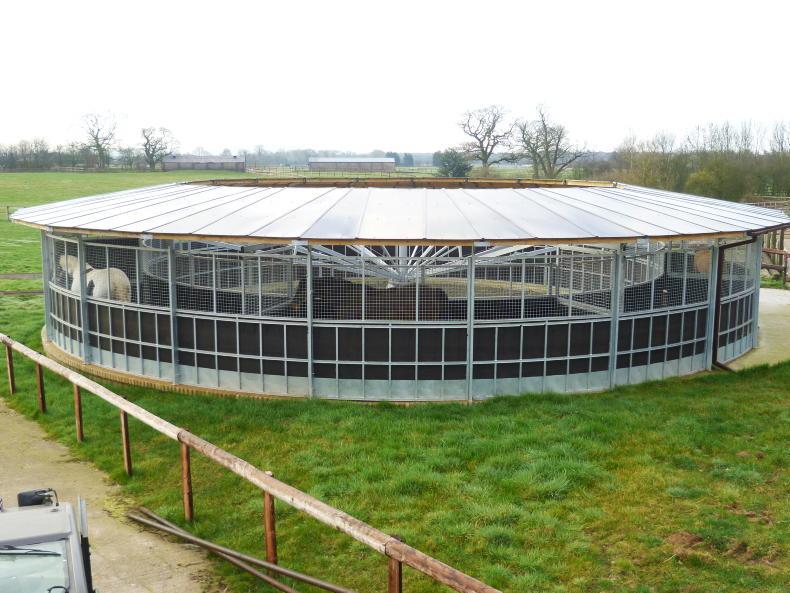TAMS can be an unwieldy scheme for those not used to it. Now that the first of the TAMS 3 schemes are open and the detailed list of items and costings have been shared by the DAFM, we need to take a closer look at how to apply for the grants successfully.
For many farmers the TAMS application has become second nature, but to equine breeders and equine farmers, it is new, and like most grant applications, it is not as straightforward as it may first appear.
Currently, the DAFM have not finalised full terms and conditions. They will be released in mid-March when the Animal Welfare and Storage Scheme opens for applications. In the meantime, in general, the terms and conditions for the previous TAMS (2) scheme are very similar to the upcoming TAMS 3 scheme (minus the equine), and so it would be a good idea to familiarise yourself with the language, terminology and eligibility criteria from the last round: You can find those here:
Animal Welfare, Safety and Nutrient Storage Scheme
Important things to consider before making an application:
Grant claim timeline:
What are the basic entry
requirements?
Although these will be confirmed when the scheme opens in mid-March, DAFM have told The Irish Field that there will be some minimum requirements to qualify for a payment and they will include:
1. You must be registered with DAFM (have an equine premises number)
2. You must have a minimum of five hectares of land, owned or leased.
3. You must be eligible for the Basic Payment Scheme (BPS) for those acres (although you do not need to be in receipt of those payments)
4. You MUST have put in a BPS application BEFORE applying for a TAMS 3 grant - BPS applications open at the end of February.
How much I am entitled to?
Should I use a farm advisor?
Many other farmers employ farm advisors to help with grant applications such as TAMS because small errors in applications can lead to large losses of grant aid.
It is completely up to you if you use a farm advisor to support you in your application but the cost of an advisor may secure you the cost of what you really need. If you choose not to use a farm advisor then it’s important to take your time, go over your application very carefully and make sure every box is ticked and you have submitted an application with no errors.
This is not a comprehensive guide so it is vital that you keep up to date with information from DAFM to provide technical support with your application.


 This is a subscriber-only article
This is a subscriber-only article
 It looks like you're browsing in private mode
It looks like you're browsing in private mode










SHARING OPTIONS: